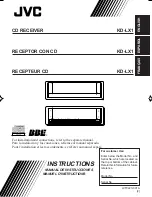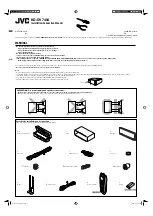
Figure 20: Example of
”
Radar” application table
4.9
Operation of the WB169-SI2 module
The WB169-SI2 module performs broadcasting of radio messages fully automatically. Take into consideration that
the broadcasting systems according to the Wireless M-BUS standard has no protection against interference during
transmission (a signal collision, which occurs when two modules broadcast at the same time), so that temporary
loss of data from some modules can commonly occur in case of operating of a large number of modules in one radio
network. These losses can last for several hours or days.
The greatest risks of permanent breakdown of module broadcasting are commonly caused by human activities within
the installation. It is mainly about the following risks:
•
temporary or permanent shading of the antenna (e.g. due to building operations);
•
mechanical damage of the module, the antenna cable or the antenna when handling things at the installation
site.
To eliminate these risks, it is recommended to pay close attention to selection of the installation site and choice of
antenna and antenna location so that to find appropriate compromise between qualities of signal and the level of
risk of mechanical damage of the module or antenna. It is necessary to carry out the installation carefully with
using of high-quality cables and mounting components.
To prevent an unexpected breakdown, it is recommended to perform regular monitoring of all broadcasting data,
i.e. readings, processor temperature and battery voltage. If some of the parameters goes beyond the common steady
value, it is recommended to contact the installation site caretaker and ask for the potential cause of the anomaly
or perform the physical check on the installation site.
4.10
Using of WB169-SI2 module for remote monitoring of sensors
The WB169-SI2 module can be used also for remote monitoring of any two-state sensors with either isolated contact
(e.g. mechanical contact, relay, reed contact...), or solid-state relay, or open collector types of outputs. It is not
possible to connect a sensor with its own source of voltage on its output. Convenient types of sensors are displayed
in the Figure
When using of sensor with
”
open collector” output (see
”
optocoupler” in the Figure
left), it is necessary to
observe its +/- polarity as marked on the module’s and sensor’s labels. When using of sensors with solid state
relay output (see Figure
in the middle), or with isolated contact (see Figure
right), the polarity is usually not
important.
Sensor output should be connected to the module’s input clamps same way, as consumption meter. It is recom-
mended to use shielded cable with minimum length.
WB169-SI2
37




































